Too many numbers, dazzling! What do you think of baking curves?
Roasting is the process of heating beans. Raw beans that are not roasted smell only a little grassy and slightly fruity, but taste almost tasteless. Roasting triggers a series of complex chemical changes inside the beans through the heating process, which in turn releases the flavor expressions that were originally locked in the raw beans.

Every time we bake a bean, we record the baking curve, record the temperature of the bean, the fire, the temperature, the first explosion time, etc. Why record it? It is hoped that according to the previous numerical reference, the flavor of the same coffee will be replicated to maintain the consistency of taste. The key data are bean temperature curves, air and ambient temperature curves, and heating rate curves, which can be used to further understand beans by measuring bean color changes, airflow size, and gas pressure.
What are the key points to pay attention to during baking?
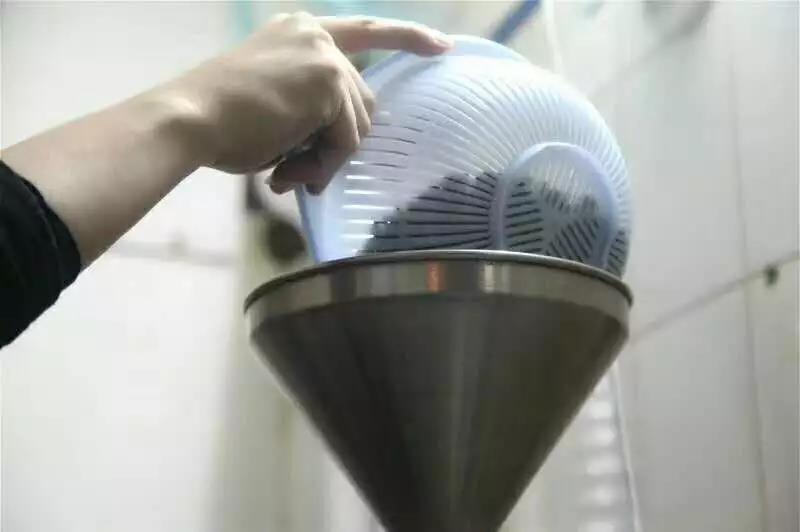
[Preheated furnace temperature]
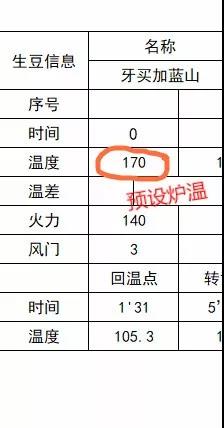
Before entering the beans, the boiler temperature will be kept at a stable value. The boiler temperature is the temperature detected by the temperature probe in the baking chamber. For the barrel baking machine, its position is usually opposite to the bean temperature probe on the other side, so it will not touch the beans. Some bean baking machines are not equipped with furnace temperature probe, and the temperature of the exhaust port probe of the baking cylinder is used as the furnace temperature.
[Firepower]

The amount of heat directly affects the roasting degree of coffee beans. The flavor of the coffee beans, and how long we want to roast. The more firepower, the more flavor, but at the same time. All flavors are not necessarily good flavors. Enough heat to make coffee beans release more flavor. But it also highlights the bad flavor of coffee beans. Therefore, throughout the roasting process, we must cooperate with the use of the damper to adjust the flavor of the coffee beans to the best state, while ensuring the cleanliness of the coffee beans.
[Adjust damper]

It's kind of auxiliary fire, storing heat. At the same time, for the various flavors released by the fire, the size of the damper will affect the heating effect of the hot air in the boiler on the coffee beans. Under the premise of sufficient heat, slightly increasing the damper can enhance the heating effect of the hot air on the coffee beans, but if the heat is insufficient or the damper is too large, it will cause the boiler to lose temperature. Opening the damper wide when necessary can more quickly extract the silver peel and particles that can give coffee a bad taste. Damper size also affects boiler pressure, which affects the development of coffee beans.
[Tempering Point]

After entering the boiler, beans will absorb heat immediately, the boiler temperature will drop suddenly, and then reach a certain point in time, the temperature will rise, this equilibrium point is the return temperature point.
[Turning Yellow]

Green beans enter the endothermic phase, in order to transfer heat to the inside of the beans, the use of water conductivity, if the beans have low water content, the time to reach the yellow point will be shorter, conversely, if the beans have more water content, the time to reach the yellow point will be longer. Water evaporates into steam, and the internal vapor pressure and temperature of the beans rise. At this time, the beans begin to expand, destroying chlorophyll and entering the yellow point.
Maynard reaction and caramelization reaction

Maillard reaction process
During coffee roasting, the Maillard reaction starts when the beans turn yellow and then brown after dehydration, and stops when the beans cool completely at the end of roasting. Roasted coffee beans unique aroma, which has a plant fiber burning blue-blue smoke burnt flavor, creamy yellow sweet aroma, brown toast bread aroma and so on a variety of flavors gathered together. Most of these rich flavors come from the Menard reaction during baking.
It absorbs a lot of heat, starts the pyrolysis reaction, has the first explosion, some sugar is converted to carbon dioxide, water continues to evaporate, new aromatic components gradually develop, so-called coffee fat, and with nicotinic acid, citric acid, quinic acid, malic acid, acetic acid, caffeine and other hundreds of aromatic substances.
caramelization reaction
The sugar content in coffee beans undergoes caramelization reaction at about 170--200℃, which is exactly the melting point of sucrose (185℃) and the temperature of the first explosion stage of coffee beans roasting. The products of caramelization are divided into two parts:
1. The dehydrated product of sugar is caramel or brown
2, cracking products, mainly some volatile aldehydes and ketones.
In general, caramelization produces roasted aromas, caramels, and colors, as well as other aromatic compounds such as maltol, Cyclotene, furans, and so on, which can also be found in red wine, juice, cream, and other foods.
However, if you caramelize too much during the roasting process, it is not a good thing. Instead, it will cause carbonization and make the coffee dry and bitter. If not caramelized enough, the aroma will be dull and lack of depth.
There are many carbohydrates and proteins and amino acids in raw beans. A series of changes caused by carbohydrates and amino groups produce brownish black macromolecules called melanoid or melanomelanoid. In addition to melanoids, hundreds of odorous intermediates are produced, including ketones, aldehydes and heterocyclic compounds, which provide pleasant flavors and attractive colors to foods.
[1 Explosive Point]

It refers to the obvious and intense sound of coffee beans in the machine when coffee is roasted, a bit like popcorn or firewood. When the coffee beans absorb heat to the point that the pressure generated by evaporation of water in the beans is greater than the strength of the coffee beans themselves, the cell walls of the coffee beans will burst due to the pressure of expansion of the beans, and the coffee beans will emit an explosion sound, releasing heat and sound energy. This is the origin of the "explosion". The release of different flavor compounds (i.e. floral, fruity, etc.) and browning (which is why coffee beans are brown). This is also the time when the development of coffee beans has changed dramatically, which may be just a second earlier or a second later, and its flavor can also vary greatly.
[Temperature rise rate]

The temperature difference between two time points, such as the figure between the second minute and the third minute will have a temperature difference, the latter (122.4°C) minus the former (108.8°C) can be obtained a value (13.6°C)
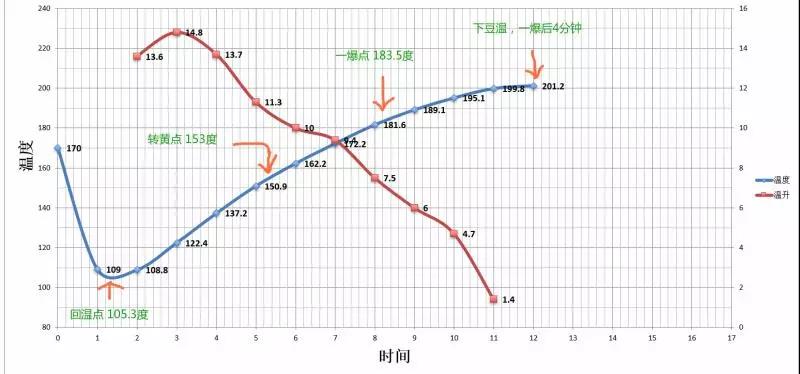
In the process of designing baking curve, we should bake a bean from inside to outside "transparent". On the basis of baking, we should use better baking methods to judge which baking stage the good flavor can be expressed? How do you create more possibilities for this phase? How do you balance controlled flavors with flawed flavors? How to ensure the sweet and bitter balance of this coffee bean, and how long will it develop with what firepower after a burst?
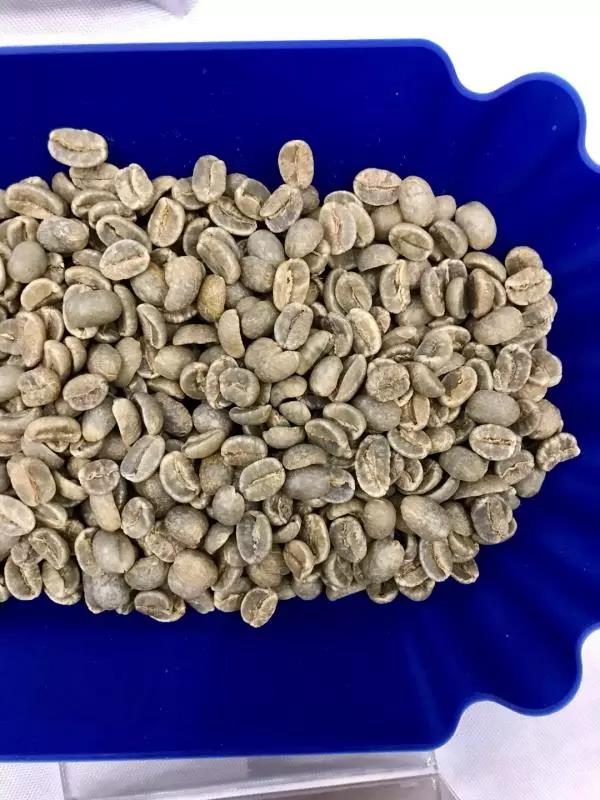
Take baking [Jamaica Blue Mountain] as an example, we should understand the nature of this bean.[Blue Mountain] is planted on a hillside of 1310 meters, with fertile volcanic soil, fresh air, no pollution, humid climate, foggy and rainy all year round, average precipitation of 1980 mm, temperature of about 27 degrees Celsius, washing treatment and fermentation for 12-18 hours, then put the fermented beans into the pool, move back and forth, coffee beans washed smooth and clean, Enhanced the calm and delicate acidity of Blue Mountain. Our Blue Mountain is NO.1 beans above 17 mesh, defect rate is less than 3%, moisture content is about 13%, beans density is medium, suitable for baking with steadily increasing methods.

First, the furnace temperature to 170 degrees Celsius into the pot, open the damper 3, 1 minute after the fire 140 degrees, the damper unchanged, baking to 5 10 ", temperature 153 degrees, beans turned yellow, grass smell completely disappeared, dehydration completed, the fire 115 degrees, the damper changed to 4;
At 800 "min, the bean surface appears ugly beard wrinkles and black stripes. The taste of toast obviously changes to coffee fragrance, which can be defined as the prelude to the first explosion. At this time, you should hear the sound of the first explosion point clearly. At 8 12", the first explosion begins. Turn down the fire power to 90 degrees. The damper is fully open (adjust the fire power very carefully, not too small to have no explosion sound). Put the pan at 201.3 degrees.
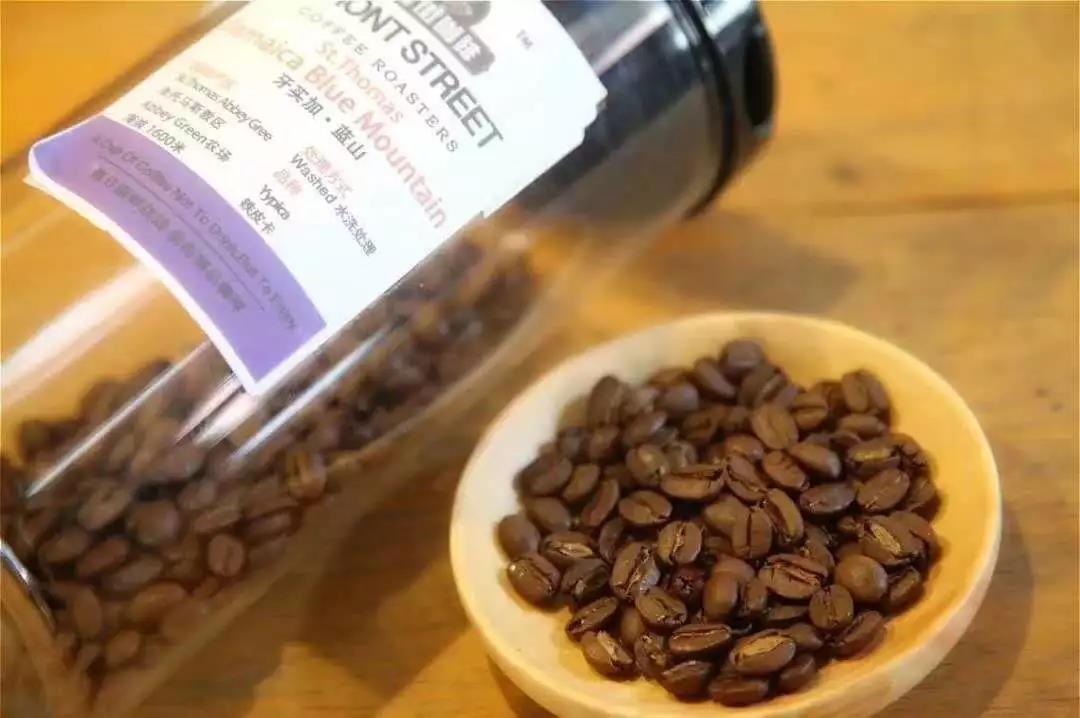
This baking gives a perfect and delicate balance of acidity, body and aroma. The acidity is bright and delicate, the texture is velvety and smooth, and the aroma has a slight penetration, accompanied by floral, spicy and caramel tones. There is a hint of cocoa in the aftertaste.
Very clean in taste, complex, very mild, chocolate sweet, very strong alcohol. Flavor rich and mellow, coffee sweet, sour, bitter three flavors perfectly matched, completely without bitterness, only moderate and perfect sour, lasting fruit flavor at the end.

After baking, you can't leave the cup test review:
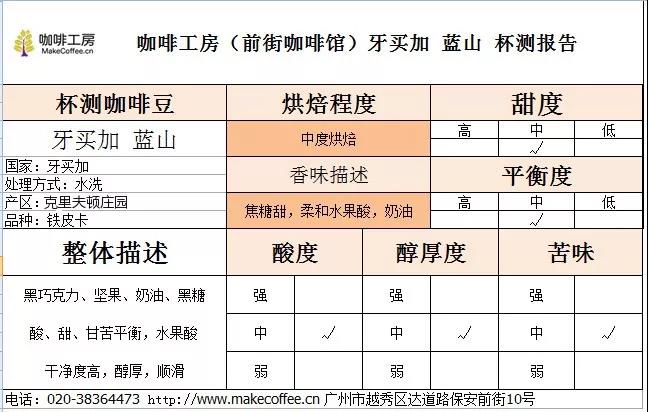
Dried Fragrance: Roasted Peanut, Hazelnut, Melon, Chocolate
Wet aroma: oolong tea, caramel, honey, chocolate, almond skin, silky taste, bright feeling
Does this make the baking curve much clearer? To understand the baking curve, we can actually see the baker's understanding of this bean, and we choose to put the beans 4 minutes after the explosion, hoping to retain more cream chocolate, rich brown sugar flavor, and heavy texture. Today's sharing hopes to help everyone understand the curve ~
Important Notice :
前街咖啡 FrontStreet Coffee has moved to new addredd:
FrontStreet Coffee Address: 315,Donghua East Road,GuangZhou
Tel:020 38364473
- Prev
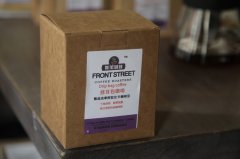
How to make strained coffee or hand-brewed coffee? Filter-hanging coffee brewing process
Professional coffee knowledge exchange more coffee bean information please pay attention to the coffee workshop (Wechat official account cafe_style) hand coffee generally need to use bean grinder, hand flushing pot, filter cup, filter paper, coffee pot and other elements, for people who love to drink and study coffee, these utensils are essential products, and it is easy to tell which products belong to which type of equipment.
- Next
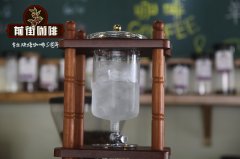
What beans do you use for ice drop coffee? how do you drink ice drop coffee? what is ice drop coffee?
More information on coffee beans Please pay attention to the coffee workshop (Wechat official account cafe_style) the price of iced coffee is higher than that of ordinary iced coffee because it takes more skill to make iced coffee and takes more time to extract coffee oil, ingredients and caffeine. What is ice drop coffee? Ice drop coffee, to put it simply, is to use low temperature and slow
Related
- What is the meaning of lactic acid fermentation with coffee bean treatment?
- How to judge the state of foam by sound?
- How does the latte pull out the unicorn pattern? Come to get for a little trick to improve the flower pull!
- Will flower pulling affect the taste of the latte?
- Do you know the history of coffee?
- The difference between honey treatment and sun washing what is raisin honey treatment?
- What kind of milk can a novice use to make coffee foam to keep the foam longer? The correct method and skills of milking tutorial sharing
- Why do washed coffee beans taste sour? Flavor characteristics of washed Coffee
- Introduction to the skill of how to practice the size and height of water injection around the circle of hand-brewed coffee
- How do beginners practice coffee flower drawing from scratch?

